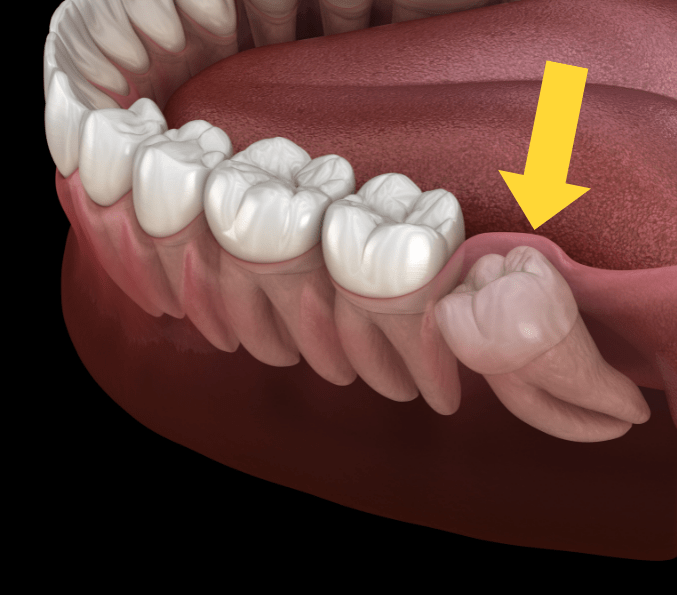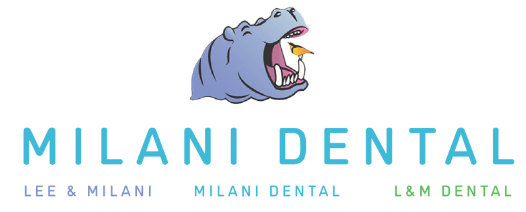Oral Surgery Care
Tooth Extractions:
Tooth extractions are routine dental procedures used to remove decayed, damaged, or problematic teeth. The most common reason for tooth extractions is severe tooth decay and cavities. However, many patients also undergo extractions for impacted teeth – particularly wisdom teeth. Other causes for extraction include advanced periodontal disease, cracked teeth, and teeth that are severely malformed. Although many circumstances that require extraction are unavoidable, some could be prevented with regular visits to the dentist for exams and teeth cleanings.
Are there any instructions I need to follow after a tooth extraction?
Yes, it is essential to follow specific instructions in order to heal and prevent any complications. We will dispense instructions verbally and in written form. You should avoid certain foods, and you need to keep the extraction or surgical site clean at all times. It is very important that you complete the entire course of antibiotic treatment if it has been prescribed for you to prevent further infection. In addition, you may be advised to stay away from smoking, which causes a condition known as “Dry Socket”, and avoid drinking through a straw, which delays the healing time as well. Again, we’ll provide you with comprehensive post-care tooth extraction instructions when you visit our San Antonio family dental clinic.
Bone Grafting:
Bone underneath the gum naturally decreases following tooth loss or periodontal disease. During a bone grafting procedure by an oral surgeon, a prepared graft material is placed in the area where the bone should be encouraged to grow. The body rebuilds the bone structure, thus preventing tooth loss, periodontal disease, and the need for dental implant procedures.
How is the bone grafting procedure performed?
The gums will be separated from the area and a graft material placed near the underlying bone. An organic or synthetic barrier will be placed after placing the graft material to ensure that the gums do not grow into areas where the regenerated bone will eventually be occupied. Sutures will be given to the area.
Are there any post-surgical instructions I need to follow after the bone graft procedure?
Yes, these would be similar to the instructions given after tooth extractions. You will be given verbal and written post-surgical instructions when you are dismissed. You may experience soreness, some pressure, and swollen gums; the discomfort can be easily managed with an over-the-counter pain reliever if you need it. As you may expect, we recommend that you eat soft foods the day following the procedure and complete the entire treatment of your prescribed antibiotic.
Minor Biopsy:
A biopsy is a surgical procedure to obtain tissue from a living organism for its examination under a microscope, typically to perform a diagnosis. A background oral tissue biopsy may be essential for lesions that cannot be diagnosed based on history and clinical findings alone. We will send the tissue sample to a pathology laboratory to find out the result.
Wisdom Teeth Removals:
Sometimes the third molars emerge with no problem, but sometimes wisdom teeth will become impacted or infected and cause many problems. Teenagers may benefit from x-rays to determine whether or not the third molars exist beneath the gumline, and if such molars are likely to cause issues later on. There are two types of extractions: simple and surgical. A simple tooth extraction occurs when the tooth is visible and can be removed in one piece, usually with forceps. The simple tooth extraction has a faster healing time. A surgical extraction requires opening the gum and cutting the tooth into pieces, occasionally removing part of bone as well. This method usually requires the use of sutures, so a longer recovery period is necessary. Most wisdom teeth removals are done surgically.

If you have any lingering questions regarding gum and dental surgery in Schertz and Greater San Antonio, don’t hesitate to reach out to us!
